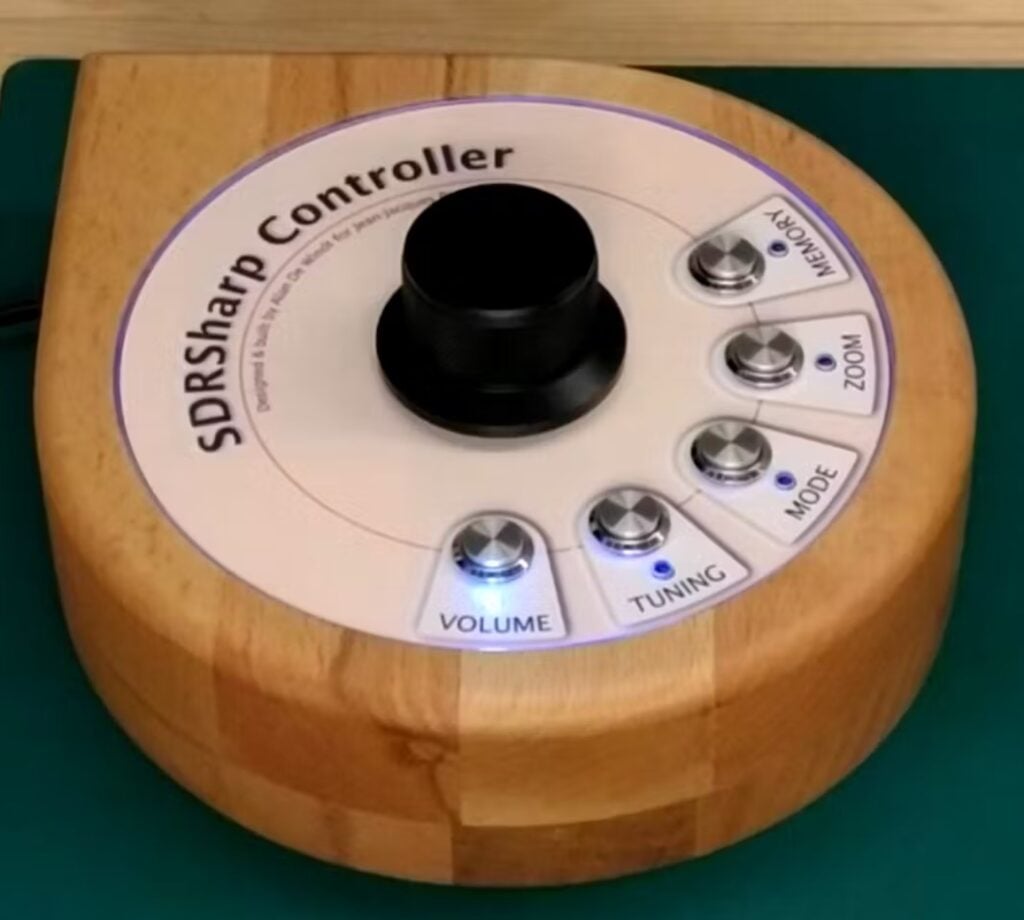The Latest Progress on Discovery Dish
Over on Crowd Supply we are currently crowd funding for the Discovery Dish, a system that aims to help make satellite dish based radio projects more accessible for use with low cost software defined radios like the RTL-SDR. We've recently posted an update which we pasted below.
The Latest Progress on Discovery Dish
First, we want to thank everyone who has purchased a Discovery Dish! We are about two weeks into the campaign now and we’ve reached over 30% of our goal. Please help us get there by sharing the campaign with anyone you think might be interested!
Progress Report
Here are the latest updates:
- We’ve been working on getting manufacturing of the molds and electronics ready to go once we receive funding. We’re finalizing our CAD files and double checking everything so we’ll be ready to go once the campaign ends. We put six months as our target before shipping, but we’re hoping to actually get the product out sooner than that. The main delays in the timeline will be the Chinese New Year holidays early next year and the time it will take to sea freight our bulk production runs.
- For the enclosure, we’ve begun getting samples of the general electronics mounting board. It will be made out of a conductive metal which is important for grounding RF noisy electronics to the enclosure, and will also allow heat to transfer out of the enclosure via a thermal pad underneath the board. Once we get our prototypes we will share more images.

- We've also began considering how we might implement a 2.2 GHz S-Band feed for the Discovery Dish. The return-loss characteristics of the feed were designed to be good at 2.2 GHz, so we probably don't need to change much of the core feed design. The main question will be if it's feasible to implement a downconverter for use with RTL-SDRs (which have a maximum frequency limit of 1.766 GHz), or if it's better to just use a HackRF for this band. Updates on our investigations will be provided as we test further.

- We are also actively working on our rotator prototype which we hope to release next year as a companion product to the Discovery Dish in order to make reception of polar orbiting satellites easier and more accessible. We don't want to release too much information on the rotator at the moment as things could still change a lot, but currently we are ordering samples of some custom parts that we need to test a production version. We are also developing the microcontroller firmware so that it will be compatible with the EasyComm II rotctl protocol.
Customer Questions
Finally, we’ve received a few questions from customers which we’ll answer publicly below:
Inmarsat is circularly polarized. Is the Inmarsat feed circularly polarized?
Our feeds are all linearly polarized. But this actually does not matter much for Inmarsat because our dish is more than large enough for Inmarsat, and Inmarsat signals are relatively strong. Using a linear feed on a circularly polarized signal results in a 3dB loss which is relatively insignificant in this case. With a small patch antenna such a difference is significant, but not so with a larger dish.
Will this work with a SatNOGs rotator?
Yes, the Discovery Dish comes with a standard pole mount which can be used to mount it on the SatNOGS rotator arms.
What is the amplifier/filter architecture like in the feed?
The signal chain is as follows: Feed -> QPL9547 LNA -> SAW -> QPL9547 -> SAW -> SMA Output. So our feeds are dual-amplified and dual filtered.
Can the coax on the feed be swapped out for longer and lower loss coax?
Yes, the feed uses an SMA connector so you can swap out the coax cable if you like. Thicker cables may require different sized strain-relief at the end of the feed arm, though.

